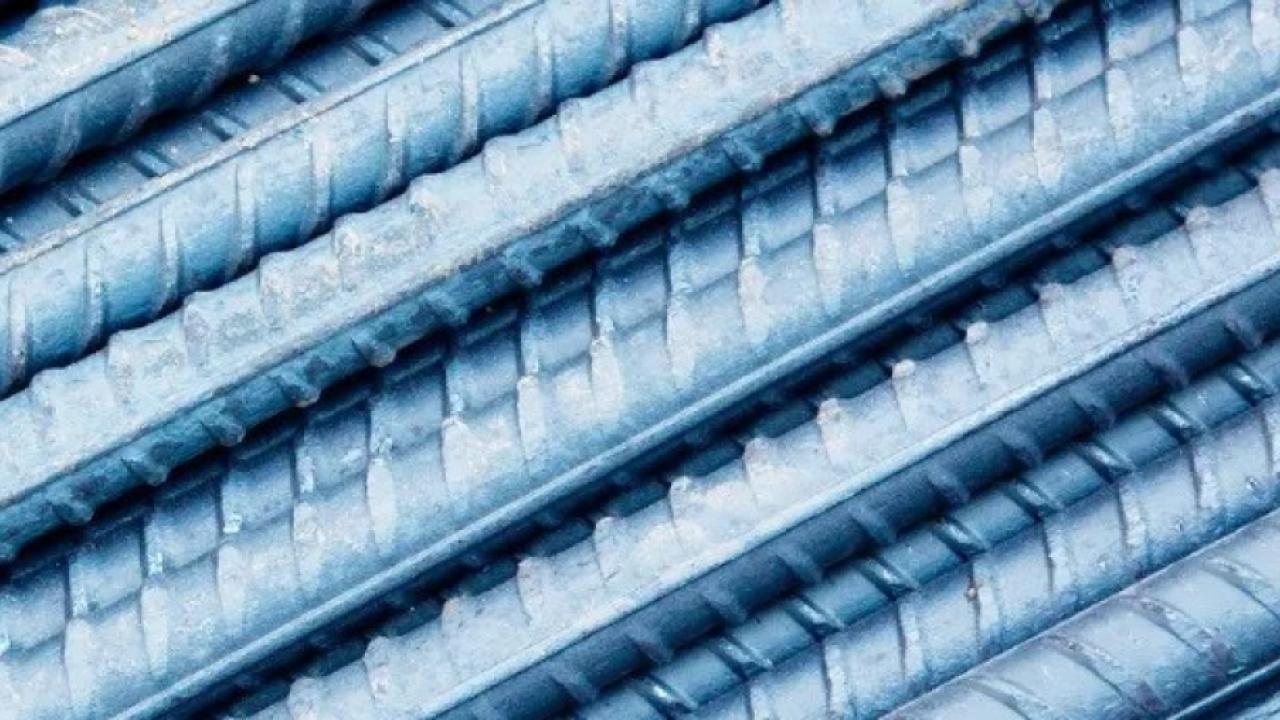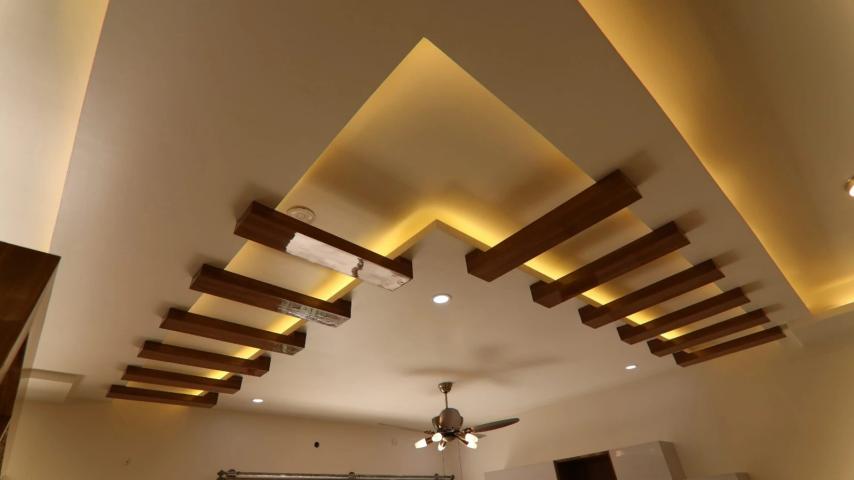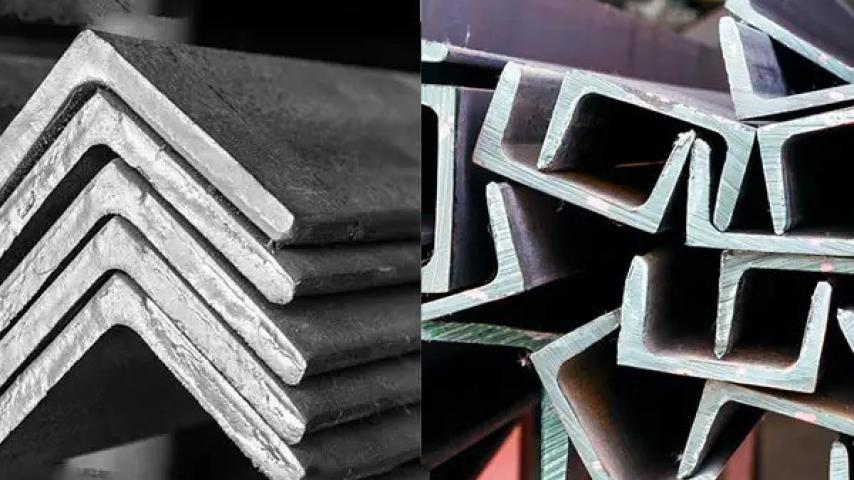What is galvanized rebar?
The importance of galvanized rebar in preventing reinforcement corrosion
As mentioned in the introduction, the passivation phenomenon does not occur in many conditions. Some of these conditions are:
The concrete has cracks, gaps, sand holes, and decay.
The alkaline environment of the concrete has been neutralized (carbonation phenomenon).
Chlorides have penetrated the concrete (such as marine environments).
These phenomena often occur in the outermost part of a building or steel structure. These defects occur due to increased salt and environmental impurities and have increased in recent years due to increased environmental pollution. If corrosion occurs in the reinforcement, it is very difficult and costly to repair. For this purpose, galvanized rebar is used for such buildings.
Function of galvanized rebar in concrete
Concrete is mainly composed of a mixture of aggregate, cement powder, and water. The last two components form the cement paste, which hardens shortly after the concrete is poured, in a process called hydration.
As the cement paste hardens, the aggregates bond together like a network, giving the concrete its load-bearing capacity and durability. The water causes pores to form in the concrete network, containing a gel-like substance. Pollutant gases from the atmosphere and rainwater can penetrate the concrete structure through these pores. The water remaining in these pores is saturated with the chemicals in the concrete, creating a highly alkaline environment with a pH of 12.5. This number depends on the type of cement powder.
The reinforcing bars placed in the concrete are deactivated by this alkaline environment. However, sometimes atmospheric gases, including carbon dioxide and sulfur dioxide, penetrate the aforementioned pores and cause the environment to become acidic. This process is called carbonation, which is one of the main reasons for using galvanized rebar.
The minimum pH required for rebar to become inactive or so-called dormant is 11.5. When the pH of the environment exceeds this value, the steel begins to rust. The result of such a process is a gradual increase in the volume of the rebar. This increase in volume causes more pressure and stress to be applied to the surrounding concrete, causing it to crack and collapse.
In addition to the decrease in pH and carbonation, another thing that happens to ungalvanized rebar is the release of chloride ions. These ions enter and dissolve in the aforementioned jelly pores from the environment around the structure. In this way, they also penetrate the surface of the rebar and cause further damage. This process is called chlorination.
The process and rate of degradation of ungalvanized rebar depends on several factors, the most important of which are:
The amount of environmental contamination with corrosive agents
Wet and dry cycles, such as rainfall
Porosity and chemical composition of the concrete
Volume of the concrete structure
Length of the rebar
Depth of the embedded rebar coating
How does zinc metal protect rebar in concrete?
As mentioned, the factor that prevents corrosion of galvanized rebar in concrete is the zinc coating applied in the galvanizing process on the rebar; but let's see how this coating does this.
As we read in the previous section, one of the factors that causes corrosion of rebar is chlorine and the chlorination process. Every metal has a resistance to chlorine, which is called the chloride threshold. The first effect of galvanizing is that zinc metal raises the chloride threshold of steel much higher. This threshold in galvanized rebar is two to four times that of ordinary rebar.
In addition, zinc metal has a greater inactivation range than steel. This means that it remains inactive at pH values well below 11.5. This number decreases to 9.5. Accordingly, galvanized rebar also becomes more resistant to carbonation. If hot-dip galvanized rebar is used, this resistance increases significantly. We will explain hot-dip galvanizing in the following sections.
Evidence shows that galvanized rebar also performs well in environments where chloride constitutes more than 1.5% of their weight. Of course, the higher the percentage of chloride in the environment, the shorter the life of the galvanized coating. This is while ordinary rebar in highly polluted environments not only undergoes normal corrosion but also pitting corrosion.
The third thing is that even when zinc does start to corrode, its corrosion rate or speed is significantly, much lower than steel.





